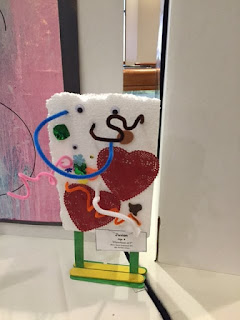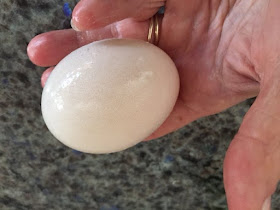A teacher at a recent workshop said, "Dr. Jean, I heard you were going to retire." Retire!!! Now, why would I do that when I can go to summer camp and have fun and learn with great teachers like you? You know that I LOVE what I do, and "God willing and the creek don't rise" (a southern saying), I'm going to keep on doing what I enjoy doing for many more years.
This is what the brochure says you'll learn, but I think being around enthusiastic teachers and sharing with each other is the BEST part!
Fuel-Injected Literacy and Math. Inject new life into teaching and learning with active, challenges experiences that connect the latest brain research and nurture essential skills.
Standards FUN. Explore ideas for turning the clear learning goals of the state standards into “we-want more” learning opportunities for your children.
Centers Working for You. Experience the magic of learning with 50+ nifty centers that work— and fuse developmentally-appropriate practices with state standards.
Classroom Management Success. Develop successful classroom management skills that eliminate distractions and free-up more teaching and learning time.
I'll look forward to meeting you and sharing my heart and all my ideas with you this summer at one of these locations:
Phoenix, AZ June 21 & 22, 2016
Albany, NY July 26 & 27, 2016
Manchester, NH August 2 & 3, 2016
Go to sde.com to register or download a brochure.


















































